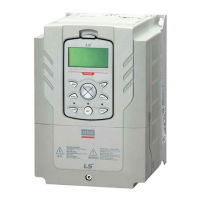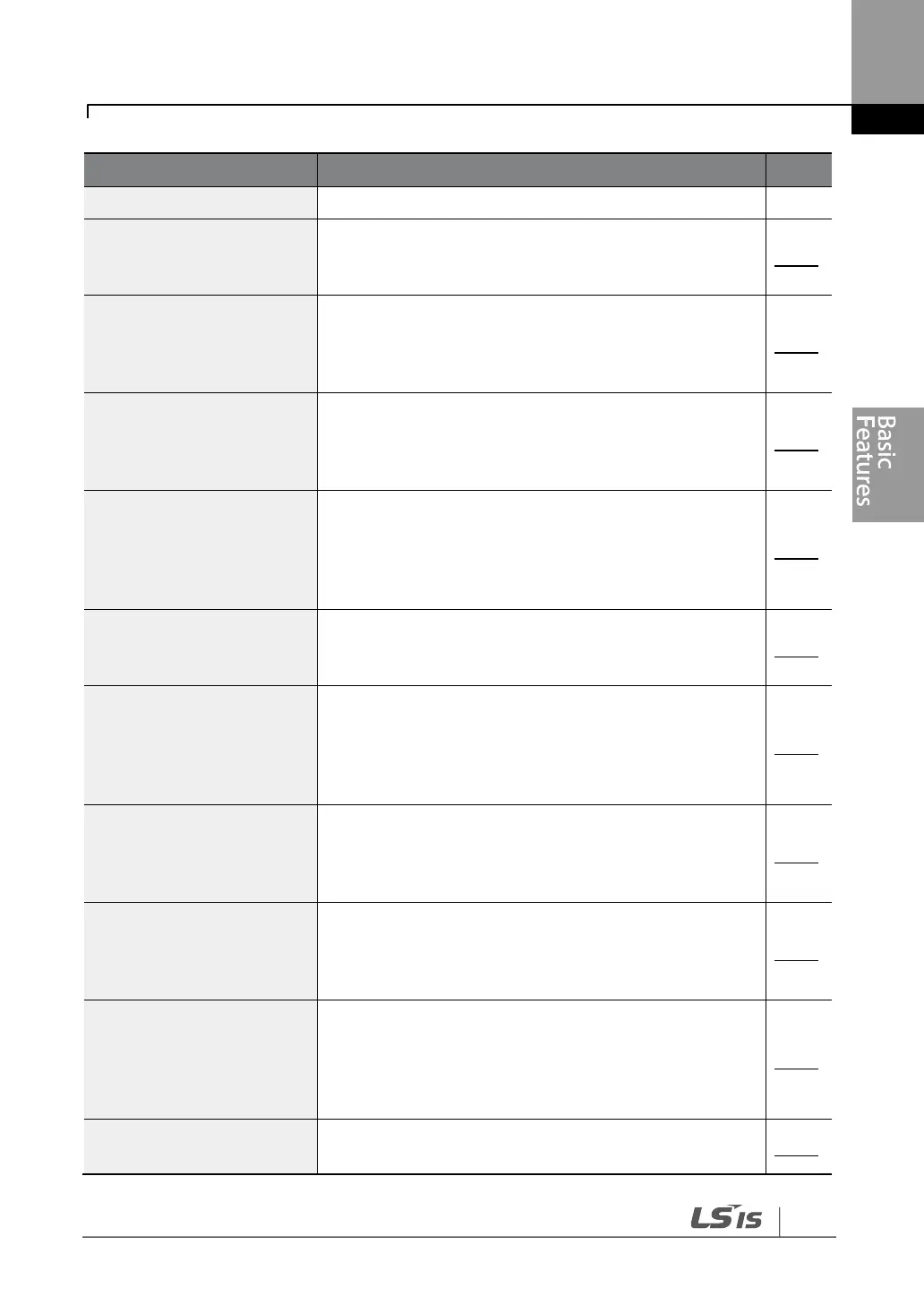frequency may vary during operation.
Square reduction V/F
pattern operation
Configures the inverter to run the motor at a square
reduction V/F pattern. Fans and pumps are appropriate
loads for square reduction V/F operation.
User V/F pattern
configuration
Enables the user to configure a V/F pattern to match
the characteristics of a motor. This configuration is for
special-purpose motor applications to achieve optimal
performance.
Manual configuration of the inverter to produce a
momentary torque boost. This configuration is for loads
that require a large amount of starting torque, such as
elevators or lifts.
Automatic configuration of the inverter that
provides‖auto tuning‖ that produces a momentary
torque boost. This configuration is for loads that require
a large amount of starting torque, such as elevators or
lifts.
Output voltage adjustment
Adjusts the output voltage to the motor when the power
supply to the inverter differs from the motor‘s rated
input voltage.
Accelerating start is the general way to start motor
operation. The typical application configures the motor
to accelerate to a target frequency in response to a run
command, however there may be other start or
acceleration conditions defined.
Configures the inverter to perform DC braking before
the motor starts rotating again. This configuration is
used when the motor will be rotating before the voltage
is supplied from the inverter.
Deceleration stop is the typical method used to stop a
motor. The motor decelerates to 0 Hz and stops on a
stop command, however there may be other stop or
deceleration conditions defined.
Configures the inverter to apply DC braking during
motor deceleration. The frequency at which DC braking
occurs must be defined and during deceleration, when
the motor reaches the defined frequency, DC braking is
applied.
Configures the inverter to stop output to the motor
using a stop command. The motor will free-run until it

